Engagement Ring Guide: 23 Terms You Need to Know
Engagement Ring Guide: 23 Terms You Need to Know
Ring shopping for the first time can feel like entering a foreign country without any preparation. Everything looks wonderfully strange and you can’t wait to explore the sights, but you don’t know the language and that makes shopping feel, well, a bit odd.
Buying an engagement ring should be a fantastic, joy-filled experience. To help make that happen, study up on these common engagement ring terms and the next time you head to the jeweler, you’ll be speaking their lingo.
1. Crown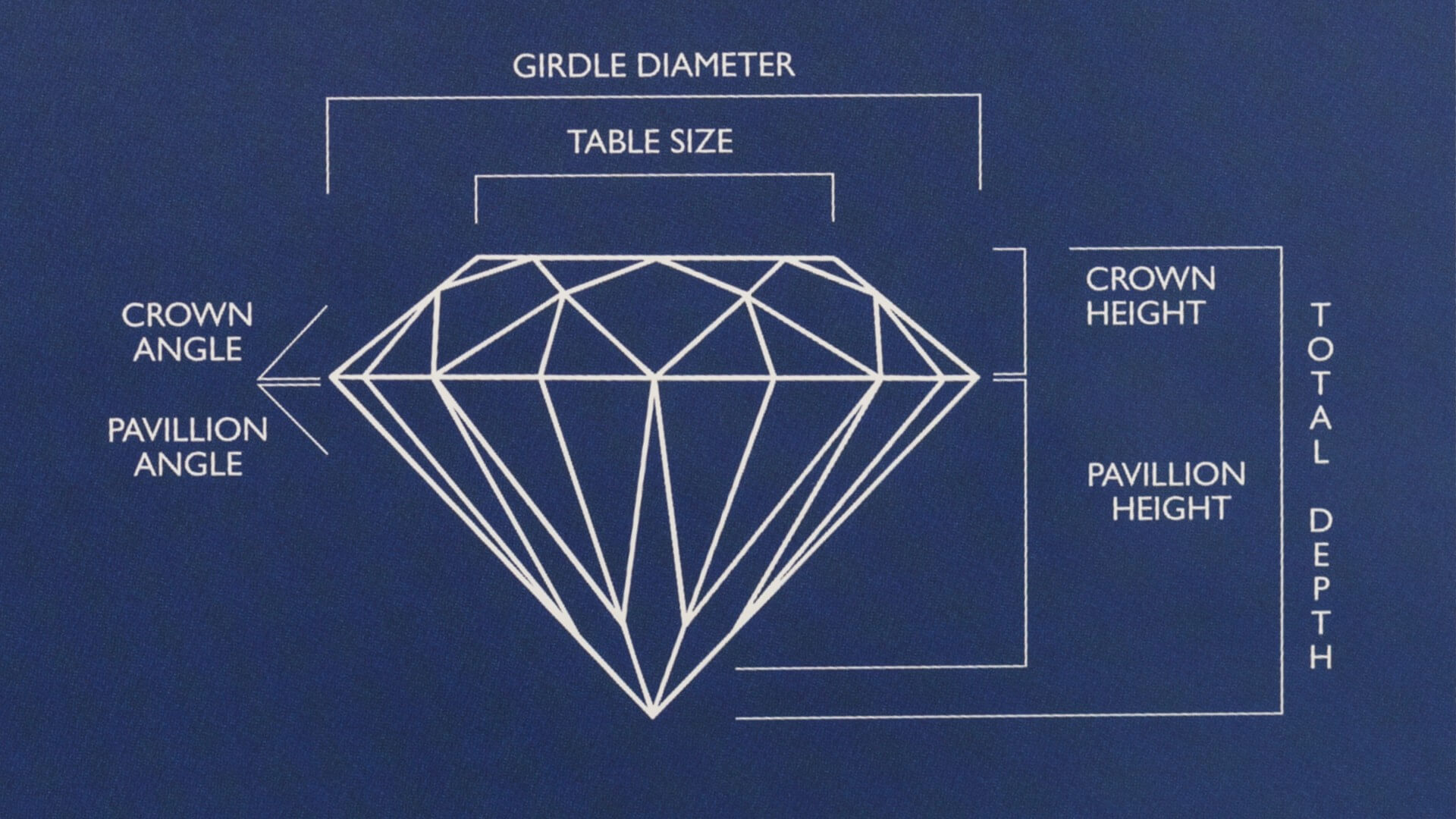
A diamond’s crown is its top half.
2. Girdle
This is the diamond’s middle, almost like a waistline. The crown is the part of the diamond above the girdle and the pavilion is the part that sits below.
3. Table
The flat top of a diamond, sometimes called its face, is officially referred to as the diamond’s table.
4. Pavilion
A diamond’s pavilion is the v-shaped portion of the stone that travels down from the girdle into the setting.
5. Culet
The culet is the tip of a diamond, usually at the bottom end of the pavilion, which sits in the ring’s setting.
6. Facet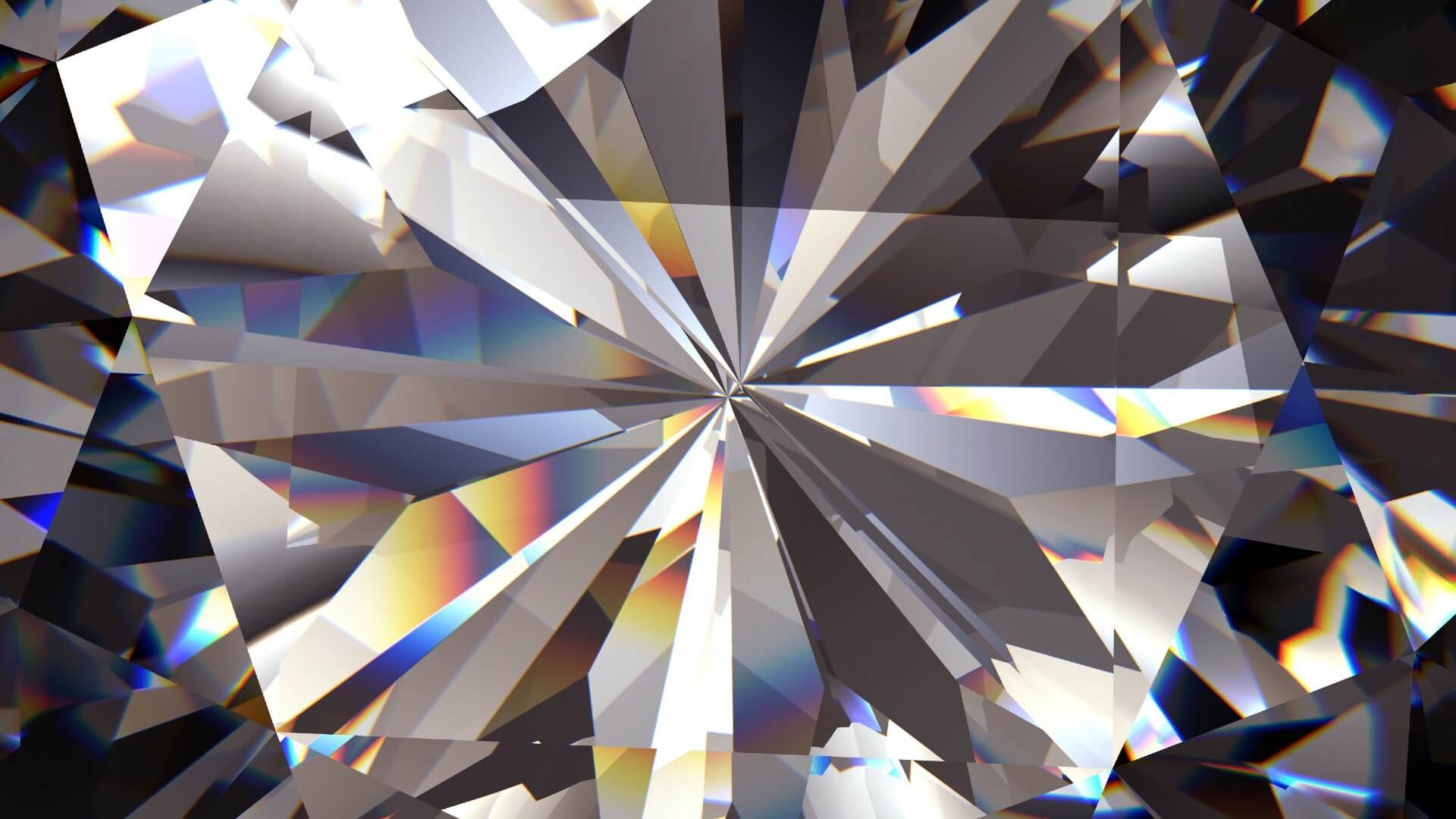
The flat surfaces that help make up a diamond’s shape are called facets. The number of facets a diamond has plays a major role in how reflective or brilliant the diamond will ultimately be. There are several types of facets, including facets shaped like triangles, trapezoids, kites and octagons.
7. Bezel Setting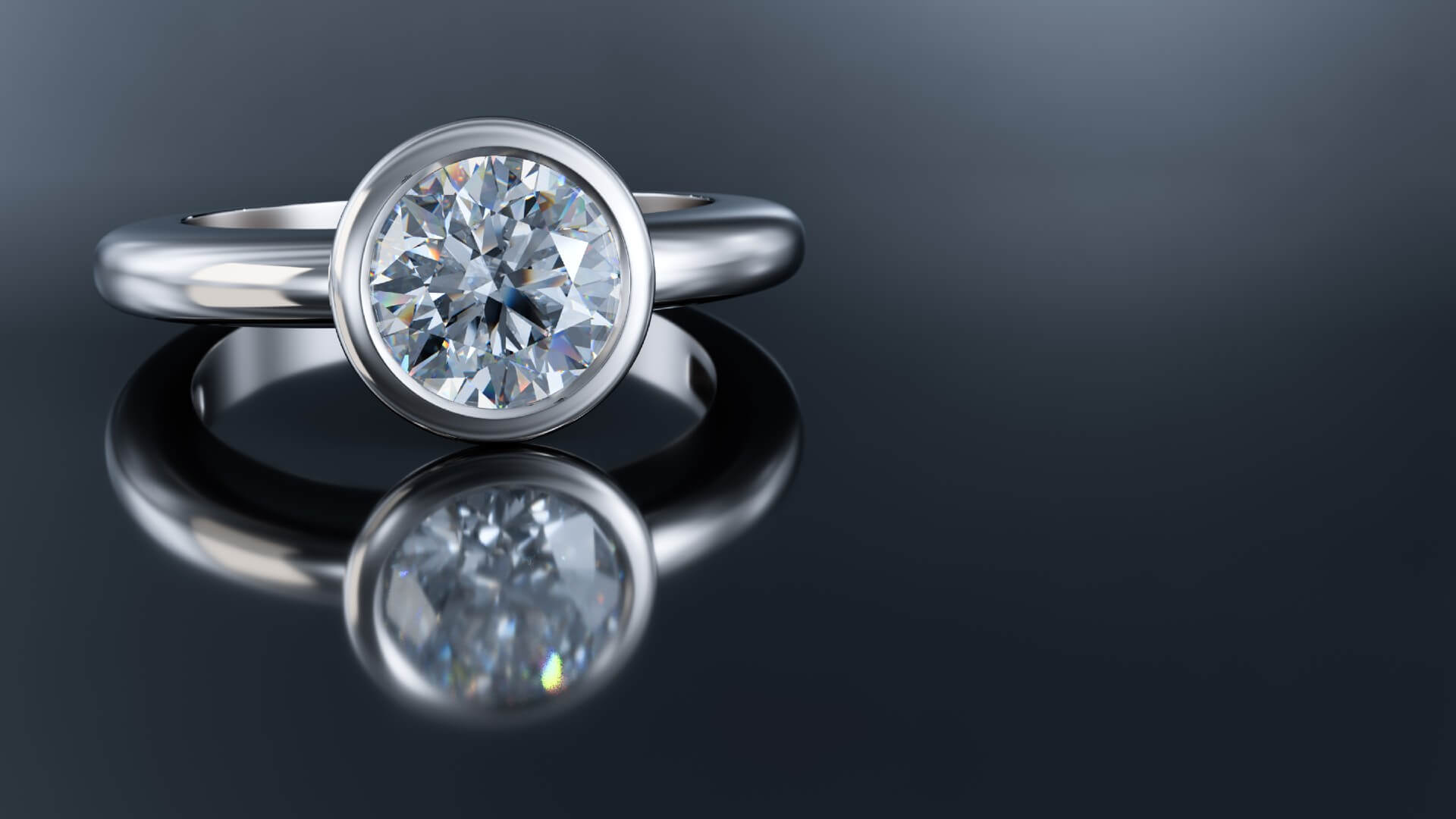
Bezels are the angled borders that help frame a diamond. A bezel setting is a ring in which the diamond is surrounded by collar-like metal edging instead of a set of individual prongs.
8. Prong Setting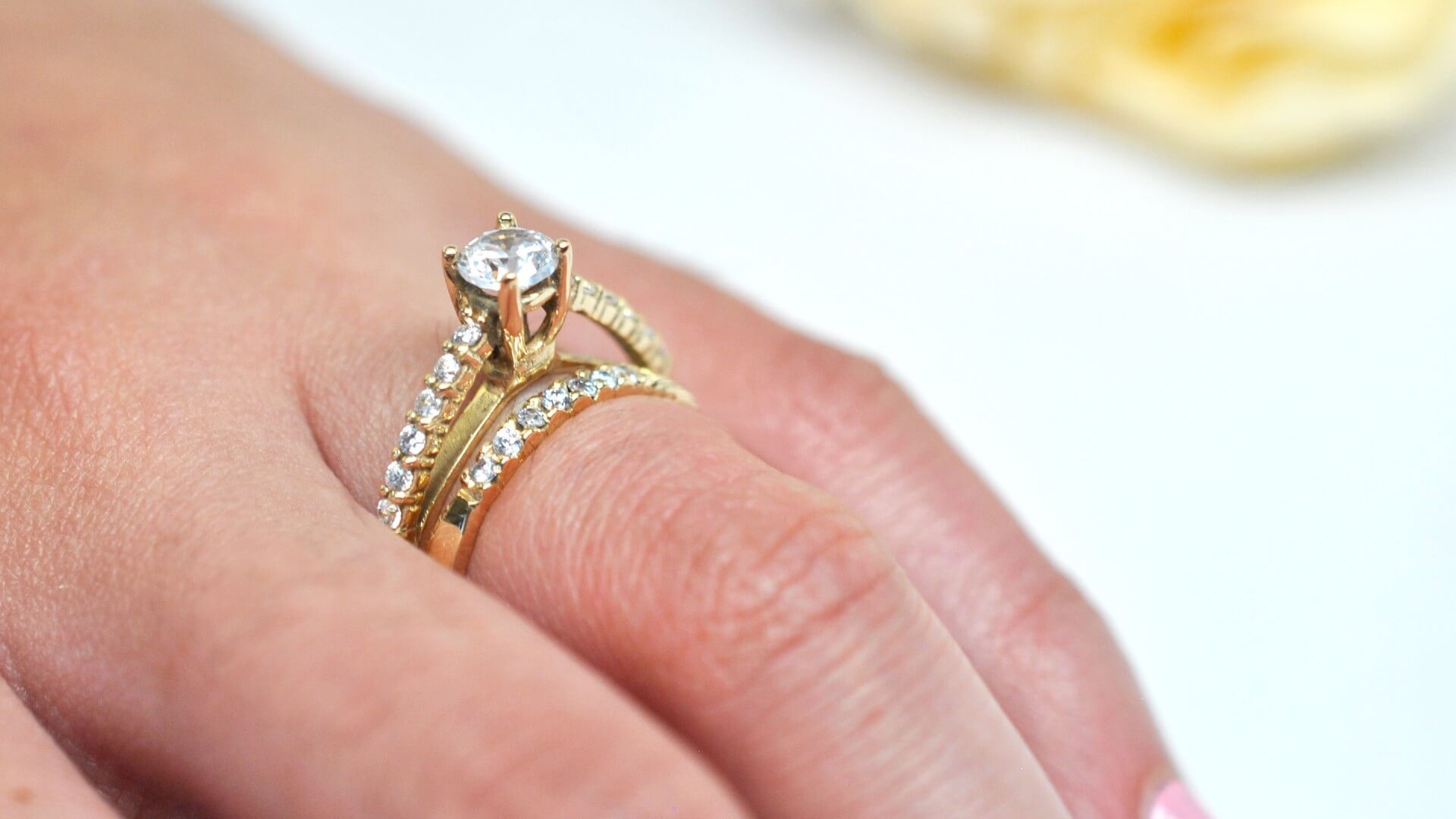
This type of setting is characterized by a set of prongs or claws that extend up from the ring and curve around the sides of a diamond like fingers, holding the stone in place.
9. Channel Setting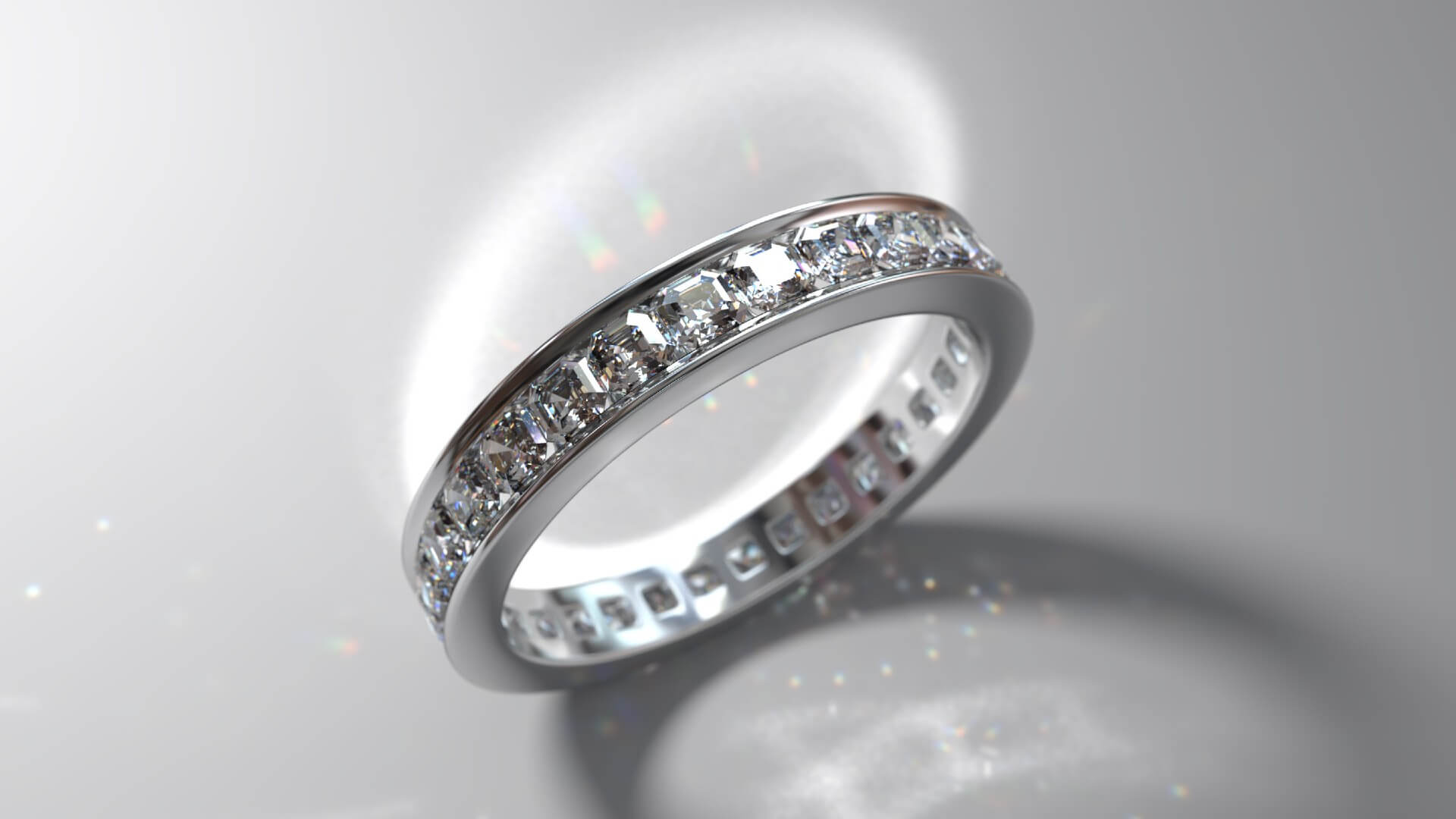
Channel-set diamonds are set flush with one another, creating a row of gemstones with no metal in between.
10. Halo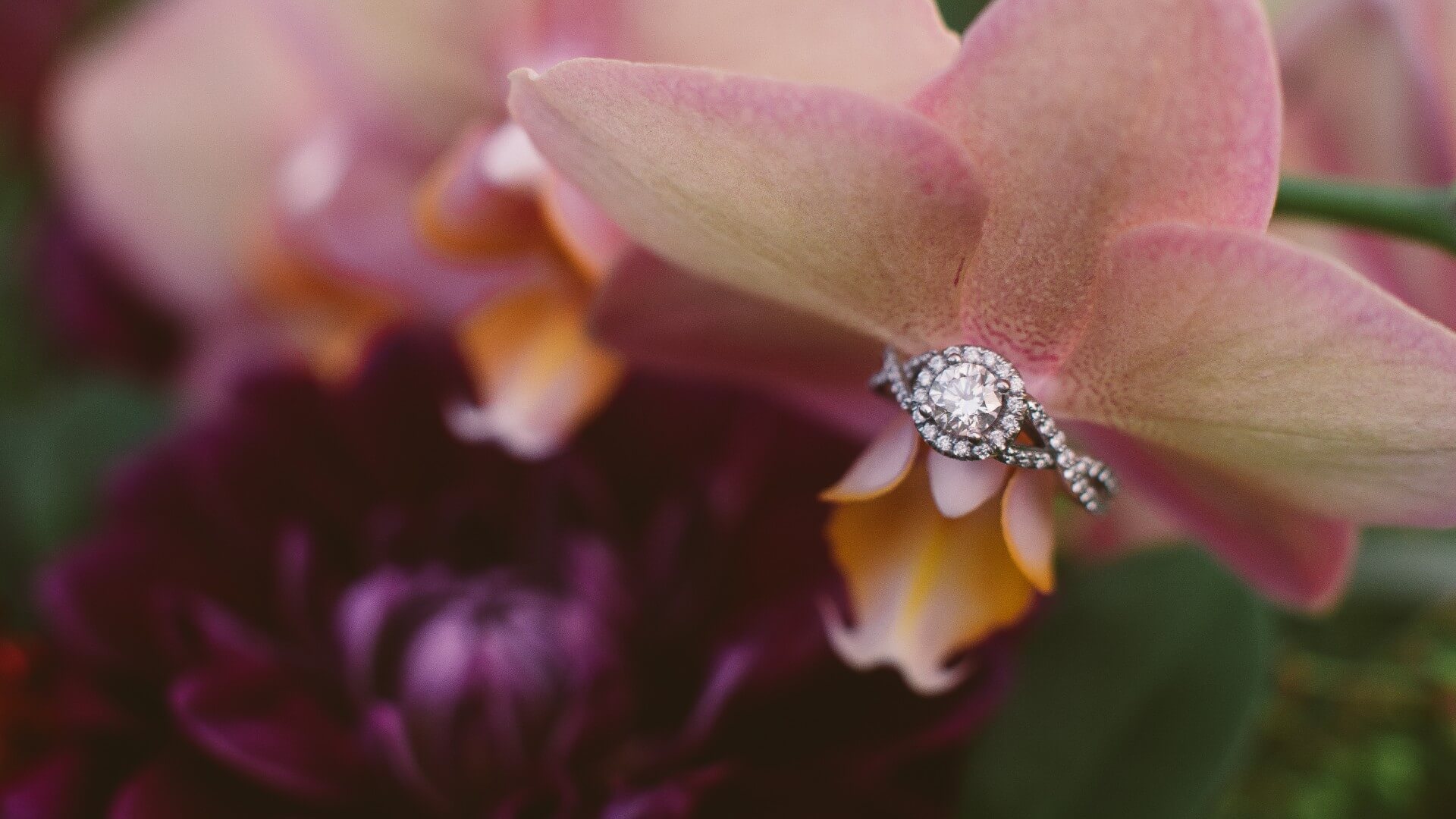
This very on-trend ring style has a center stone surrounded by a circle of smaller stones, creating the effect of a larger ring without the expense of a huge single stone. Halo engagement rings come in both single- and double-halo styles.
11. The 4Cs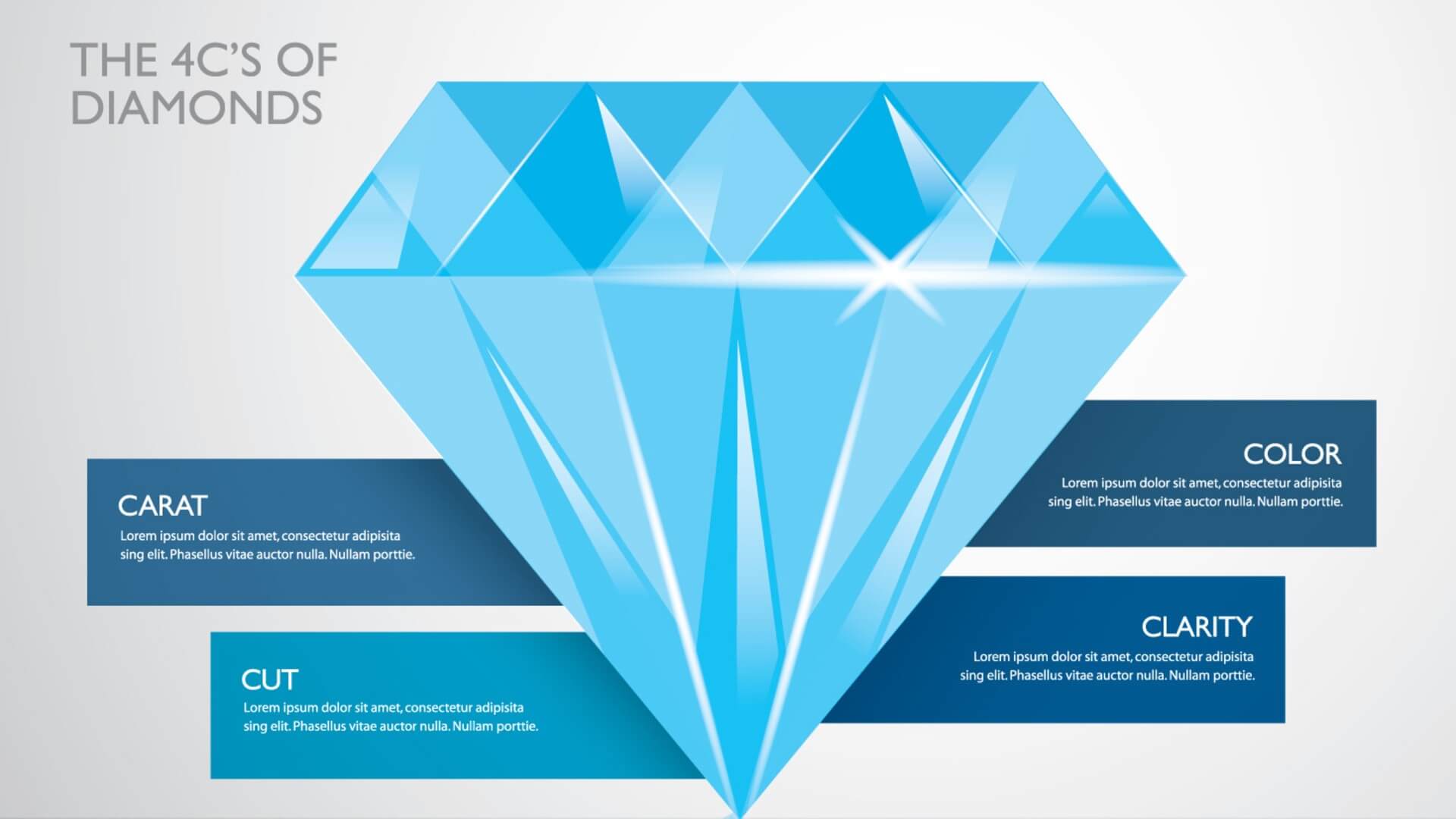
The 4Cs are a quartet of characteristics used to evaluate and compare diamonds. By considering a diamond’s cut, clarity, color and carat size, you (or the expert doing the rating) can determine the overall quality. Some consumers will sacrifice one C for another. For instance, you may be willing to invest in a smaller diamond that has incredible clarity and color versus a large diamond with several inclusions or a less desirable color rating.
12. Cut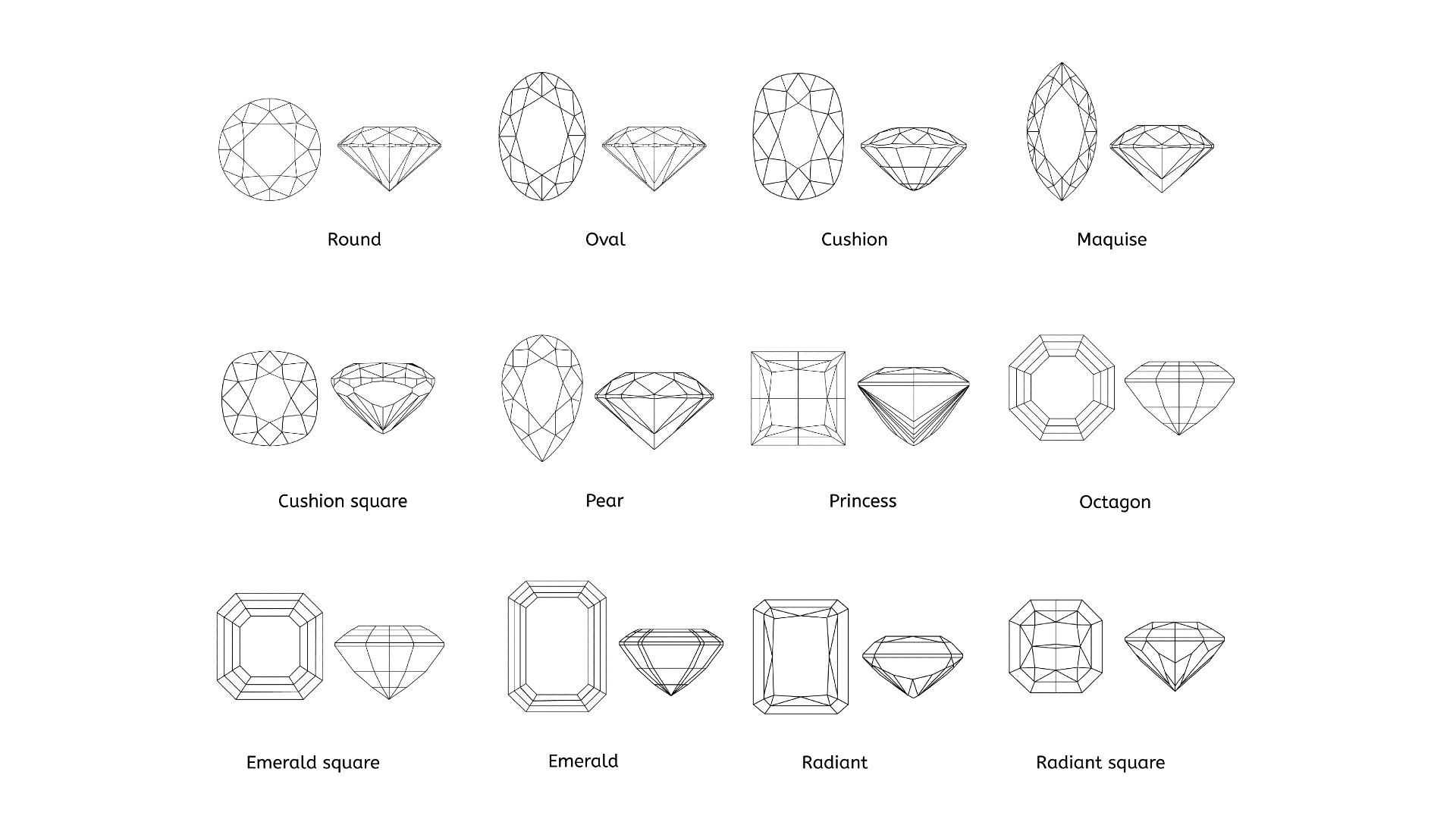
A diamond’s cut refers to how it’s shaped in terms of facets, angles and symmetry, all of which influence a stone’s overall appearance and brilliance.
While ring shopping, it can be helpful to have a general idea of what some popular cuts look like:
- Round Cut: This classic circular stone is often used as a solitaire or paired with accent stones for a three-stone engagement ring
- Oval Cut: A slightly elongated version of a round cut
- Pear Cut: A teardrop shape that combines the curved end of a round cut with the pointed end of a marquise diamond
- Asscher Cut: This square-shaped diamond is known for its high crown and small table with eye-catching, step-like facets in between
- Cushion Cut: A very regal-looking, square-cut diamond with rounded edges
- Emerald Cut: This style is dominated by a large, open table but softened by small, rounded edges
- Heart Cut: A sentimental cut featuring a romantic heart shape
- Marquise Cut: Think long and narrow with pointed ends, not unlike a football
- Princess Cut: A square diamond known for being one of the most brilliant cuts available
- Radiant Cut: Either a square or rectangular cut featuring a complicated facet pattern designed for the ultimate brilliance
Any cut other than a round diamond falls under the umbrella of a “fancy-cut” diamond.
13. Clarity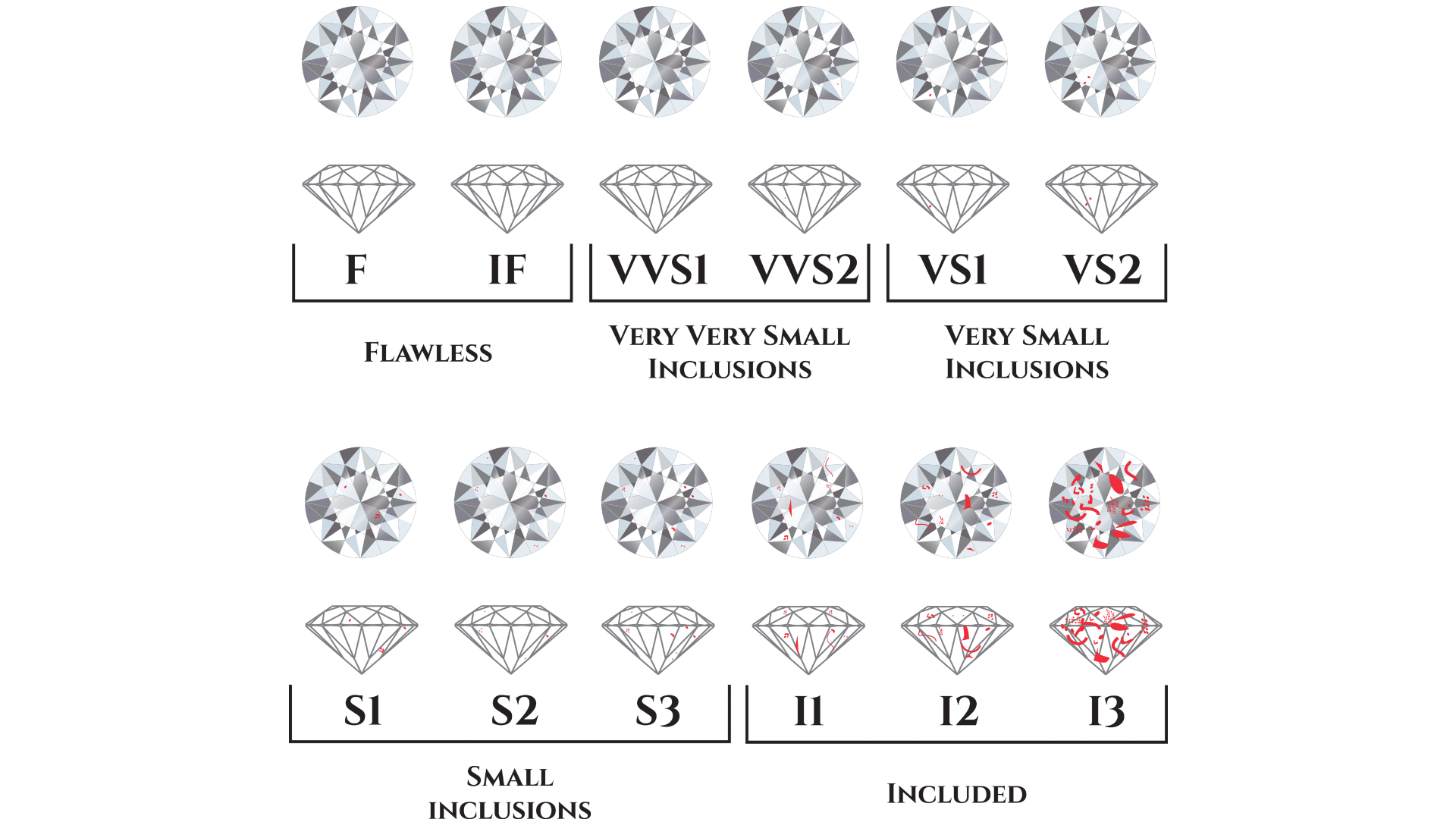
Diamond clarity is tied to the amount of imperfections or inclusions a diamond has. While it’s very rare to find a diamond that’s completely free of blemishes, the fewer there are, the higher the clarity grading will be. The clarity grading scale starts at FL (flawless) and ends at SI3 (diamond has obvious inclusions that may affect brilliance and transparency).
14. Color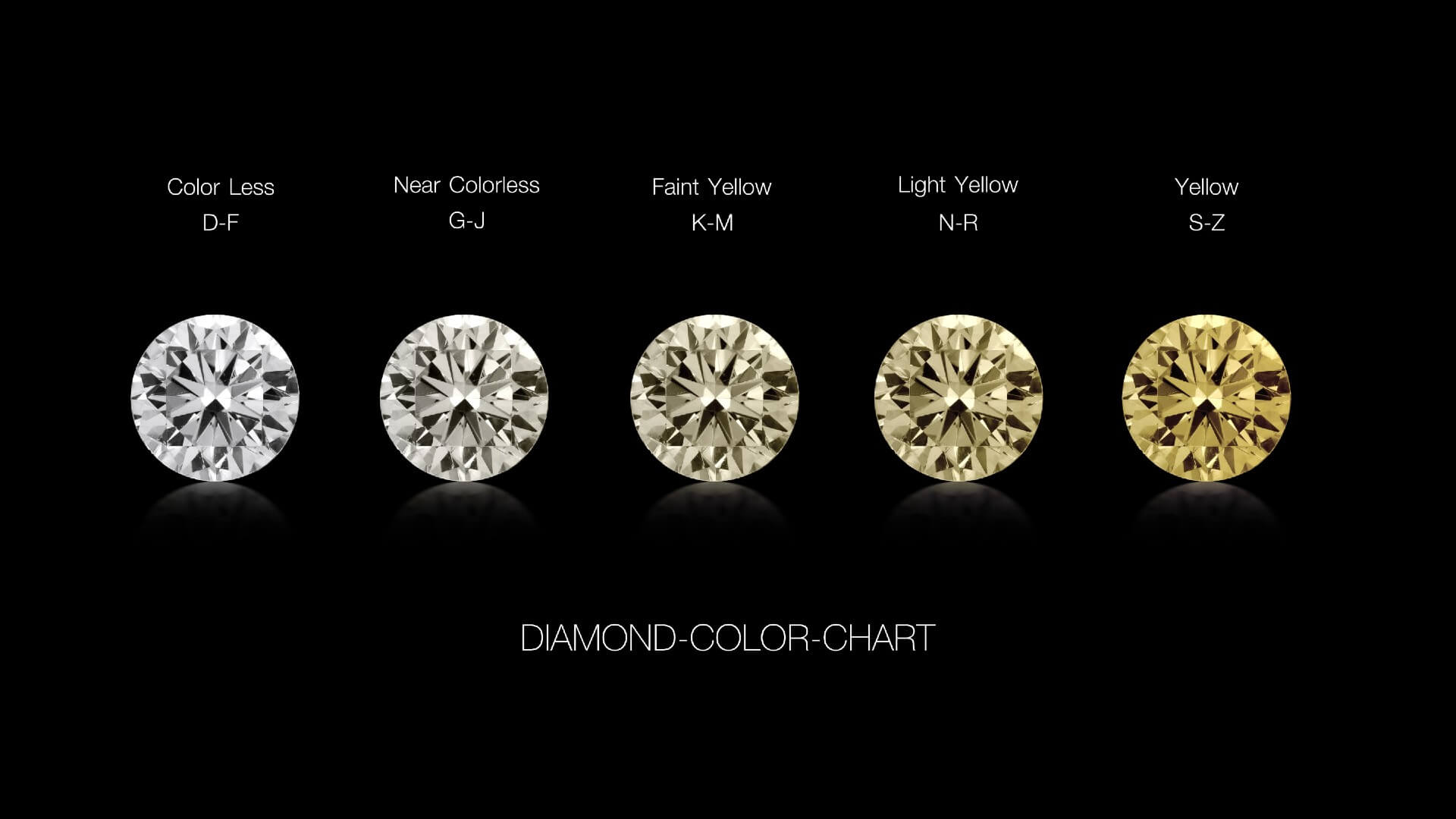
When you think of gemstones and color, you likely think of vibrant hues like pinks, blues and ruby reds. But diamond color ratings are a little different. The rating scale starts at D, which is only used for a colorless and very desirable stone. From there, the scale continues all the way to Z, a rating used for diamonds that are tinged yellow or even brown. For a great value as well as quality, look at near-colorless diamonds rated G through J.
The larger a diamond is, the more apparent its color becomes.
15. Carat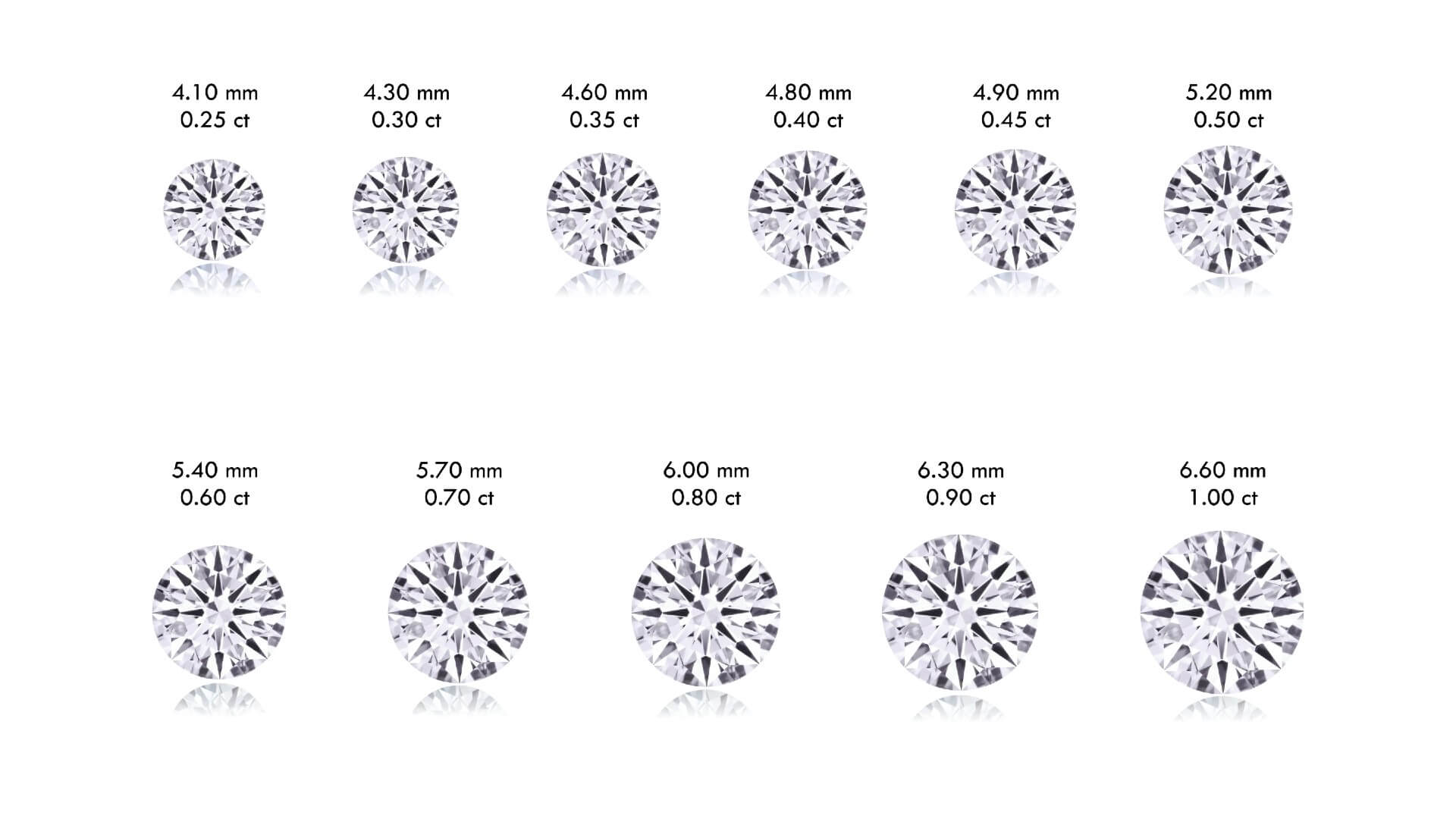
While carat is often thought of as a diamond’s size, it’s actually an indicator of the diamond’s weight. Two of the same carat-weight diamonds will look different depending on how they’re cut and may also be influenced by factors such as the ring’s setting and the size of the wearer’s hand.
16. The Gemological Institute of America (GIA)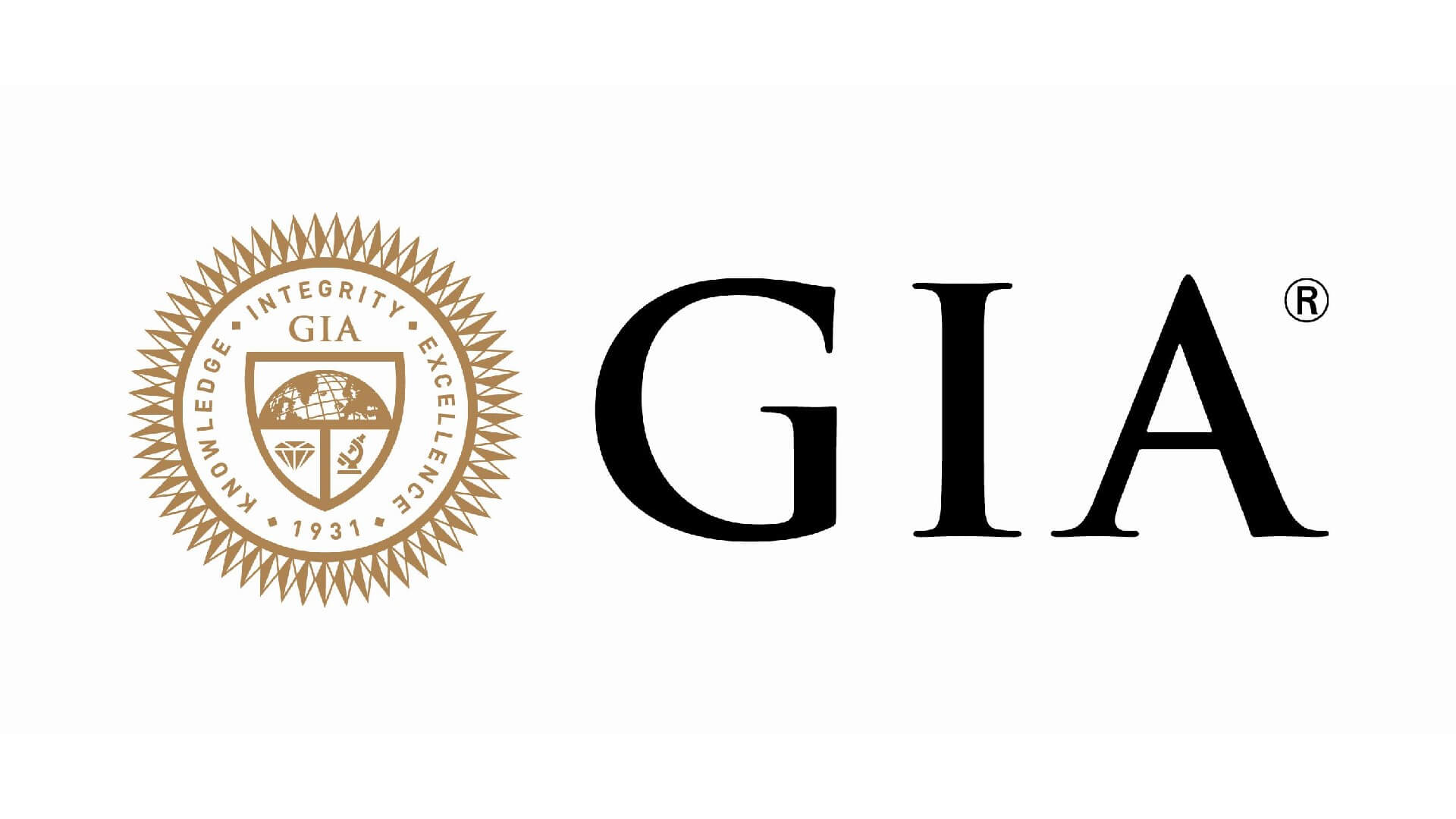
GIA is the official body that creates and monitors the most widely used diamond grading scale. Diamonds graded according to GIA standards are easy to compare to one another, so look for the GIA symbol or references to GIA grading on your diamond’s certificate as a sign of authenticity and trustworthiness.
17. Blemish/Inclusion/Flaw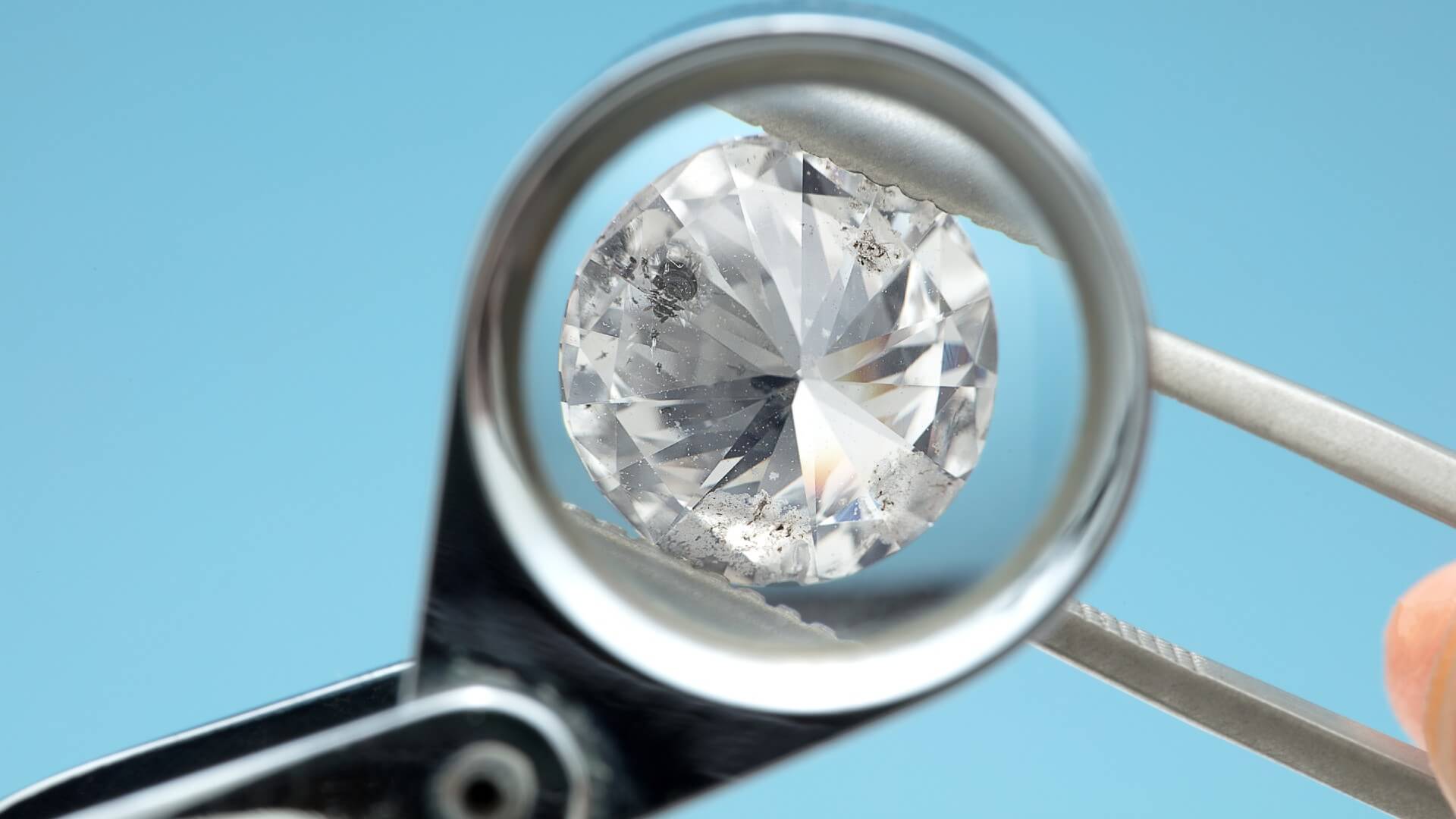
These three terms are used interchangeably to refer to an issue with the diamond’s internal clarity. Some inclusions may be so tiny they can only be seen under a microscope, but if a diamond has several of these blemishes, you may be able to see issues with the stone’s overall clarity and brilliance. Types of inclusions or flaws include crystals, needles, gas bubbles, clouds and internal fractures.
18. Plot/Diamond Certificate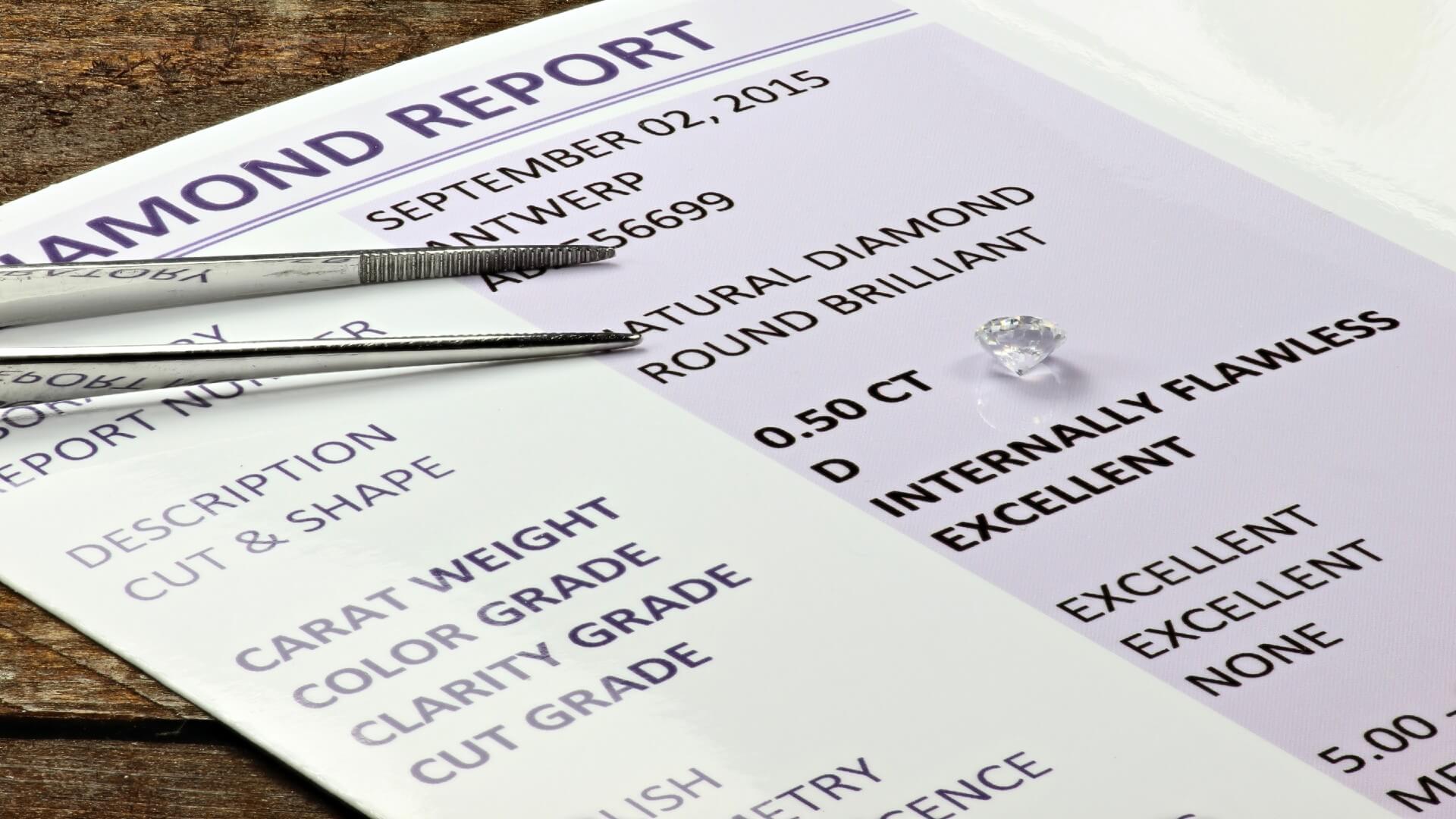
A quality diamond will come with its own diamond certificate or plot, which is essentially a map detailing the stone’s inclusions and facet arrangements.
19. Brilliance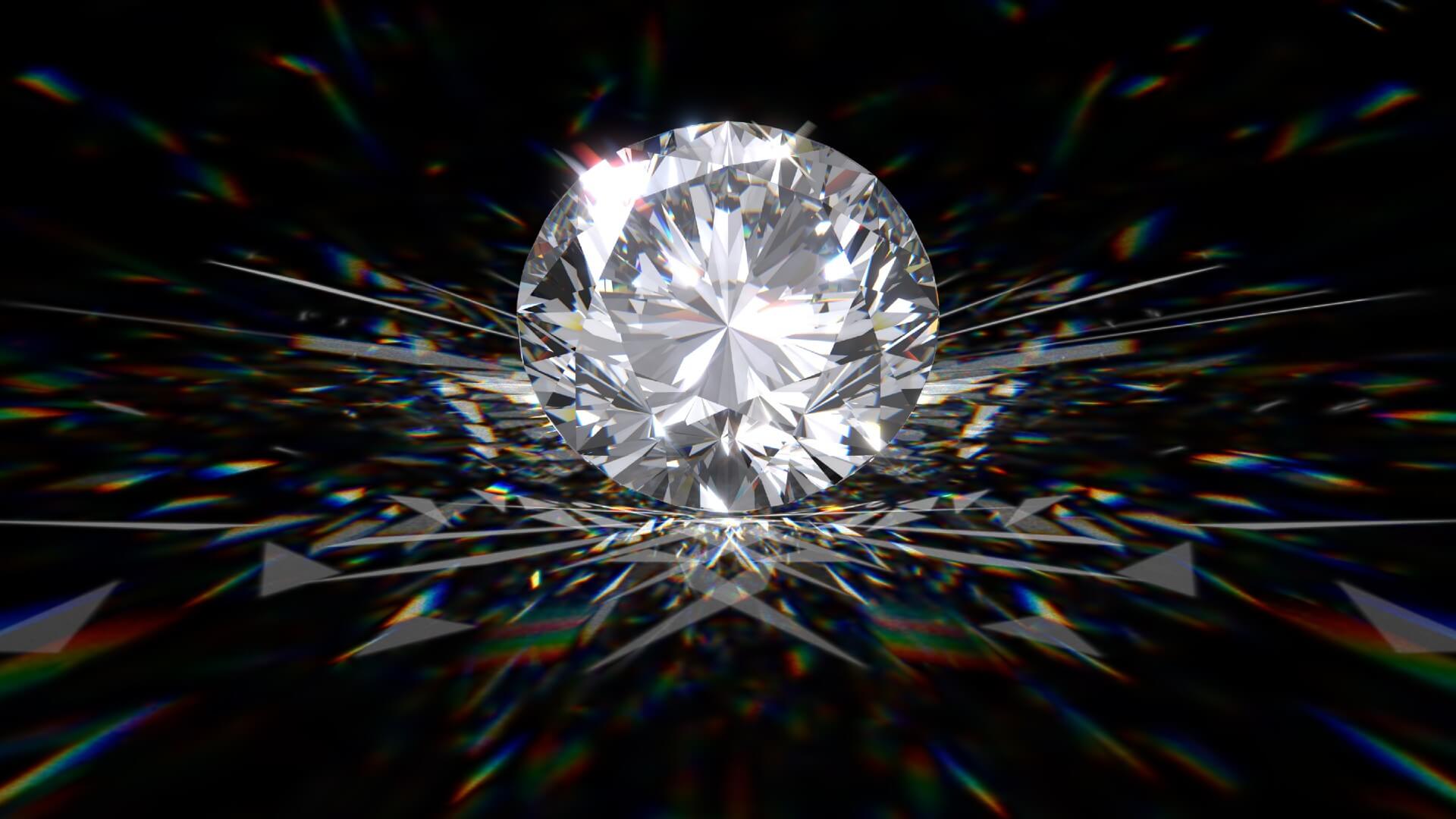
Brilliance is one of the most commonly used and exciting engagement ring terms because it refers to how bright and sparkly a diamond appears to be. A diamond’s brilliance depends on how much light the diamond reflects or returns through its face. A poorly cut diamond will have subpar brilliance because the inexpert shaping allows light to leak out through the sides and bottom. Superior brilliance requires the right cut and the right proportions.
20. Fire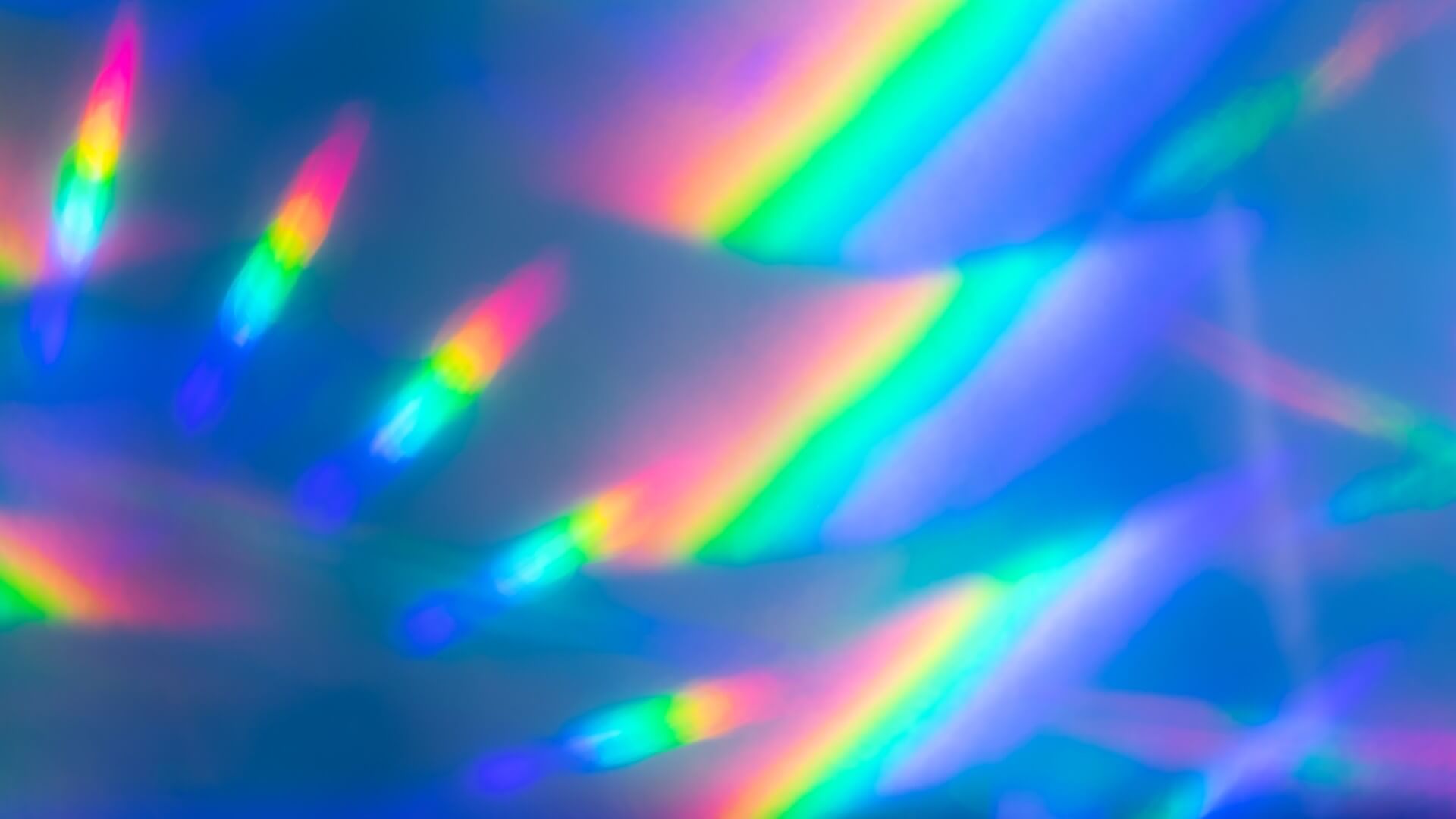
A diamond’s fire is the flashes of color you see when the stone captures the light.
21. Accent Diamonds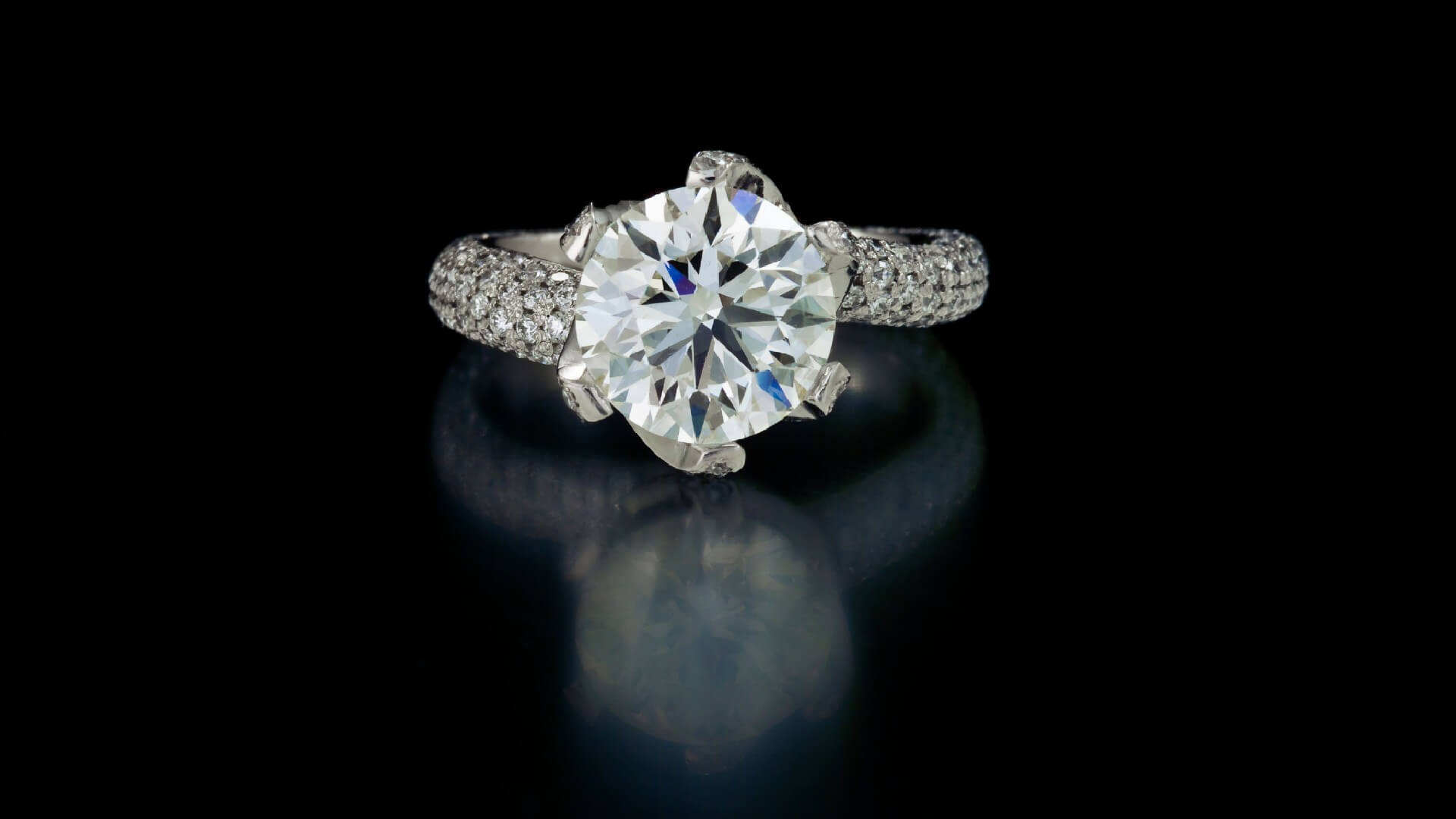
This term is given to the supporting diamonds used to enhance the center stone of a ring. Accent stones are typically smaller and may be the exact same type of gemstone or a different type, cut or color.
22. Split-Shank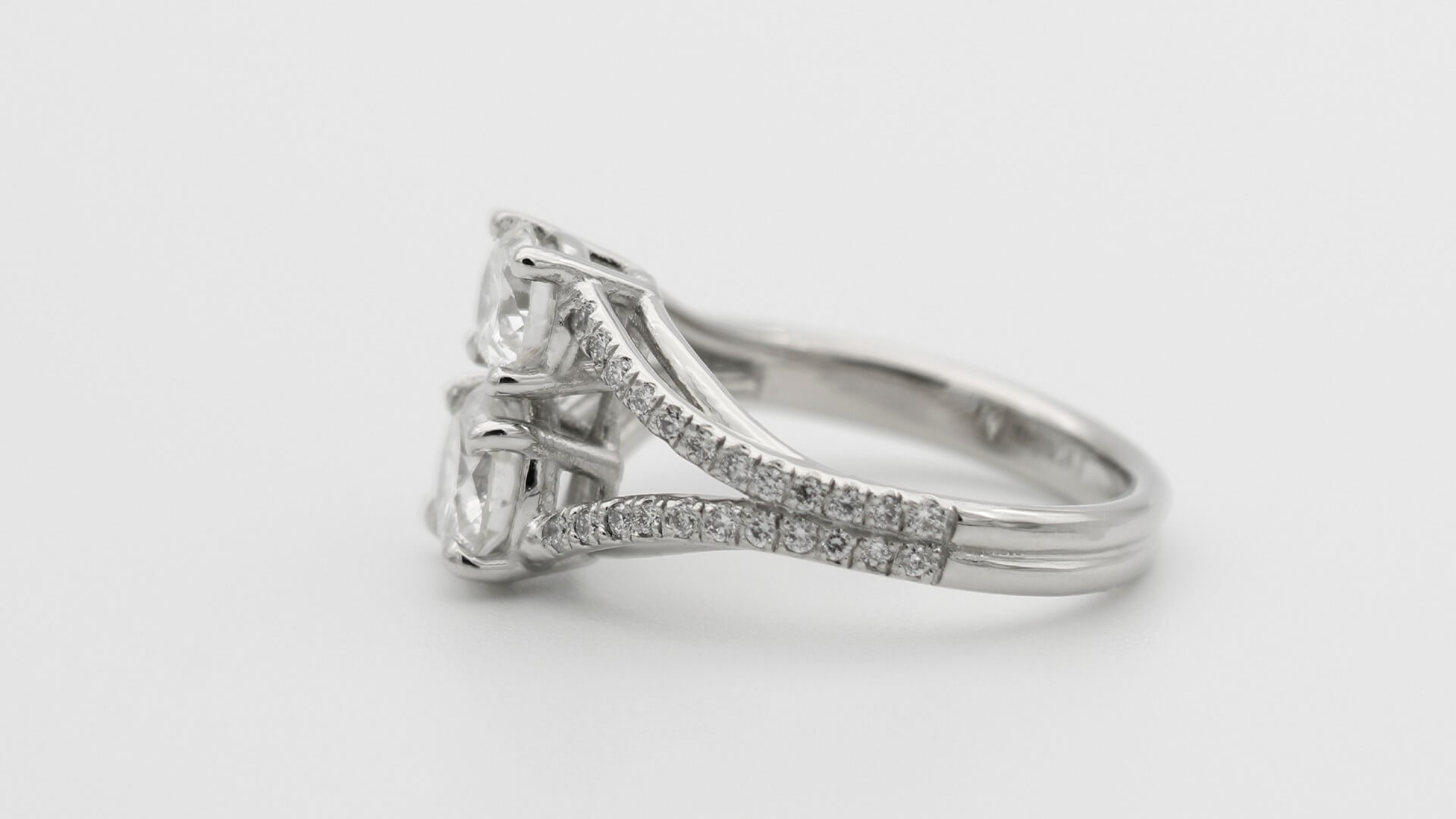
A band style in which the band splits into two parts as it approaches the ring’s center stone
23. Conflict Diamonds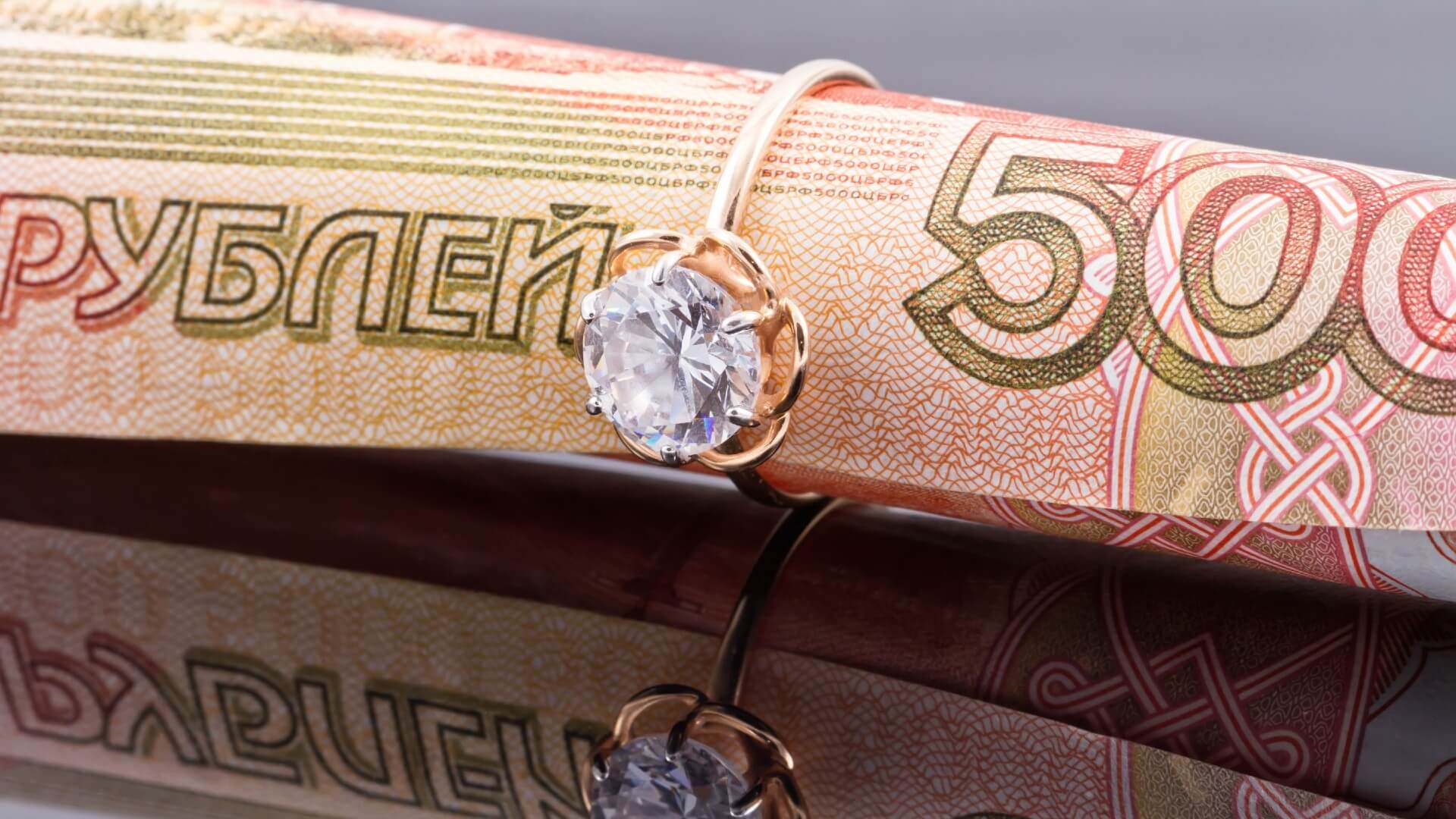
Historically, diamond mining has not always been a strictly positive practice. Conflict diamonds, also known as blood diamonds, are stones that come from regions besieged by war and terrorist activity, much of which may be funded by diamond mining. Experts estimate that two-thirds of the world’s diamonds come from countries with problematic mining practices. Responsible jewelers pledge to only offer conflict-free diamonds that come from nations with mining oversight and/or to use lab-created diamonds that are guaranteed to be made as ethically as possible.
When in doubt, ask your jeweler to explain any terms, descriptions or certifications you don’t understand. Remember, you’re an expert in what you love and want to see on your finger (or on your sweetheart), but a jeweler is an expert in all things diamonds, and they’re more than happy to be your guide.

POST COMMENT